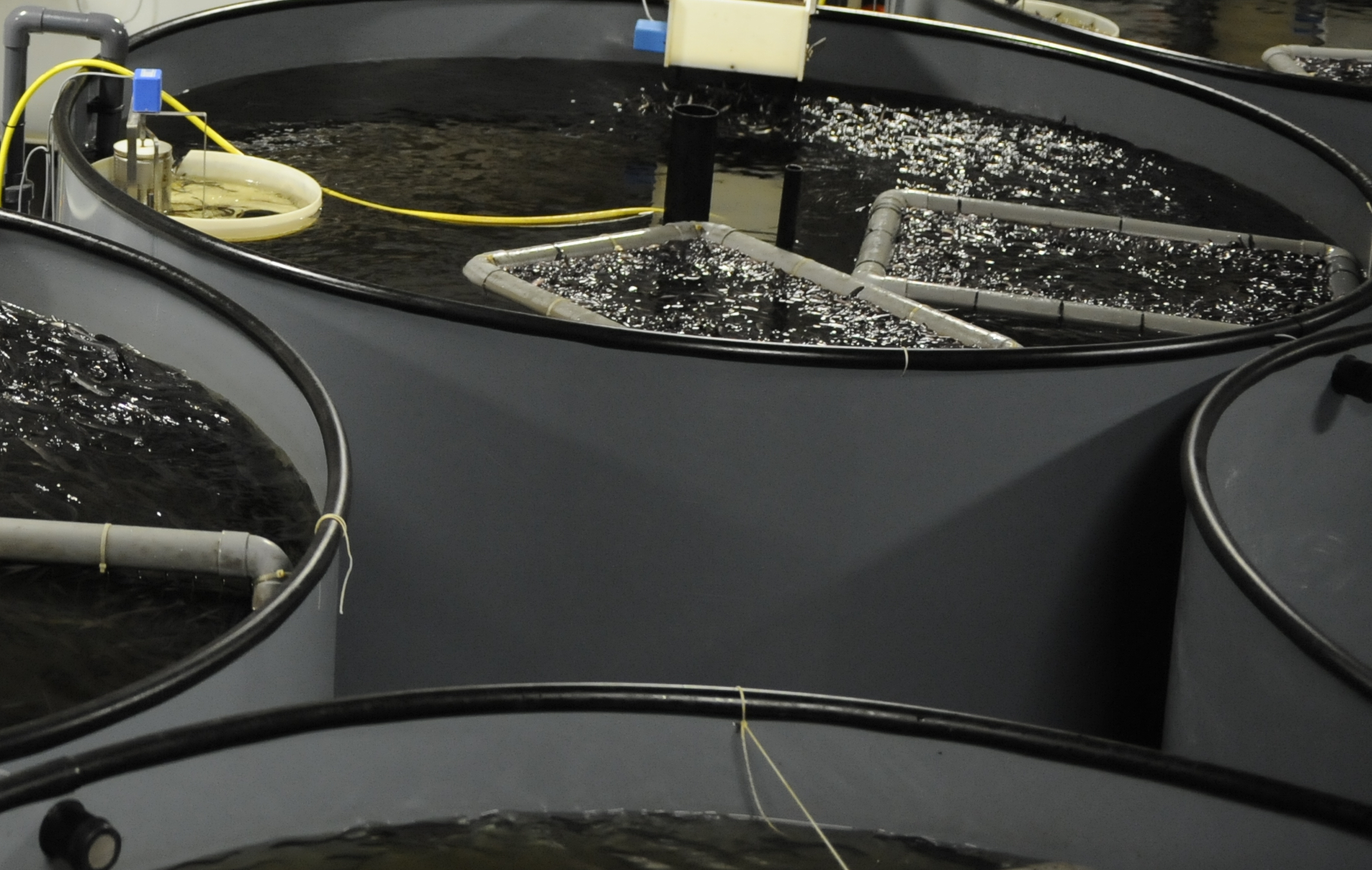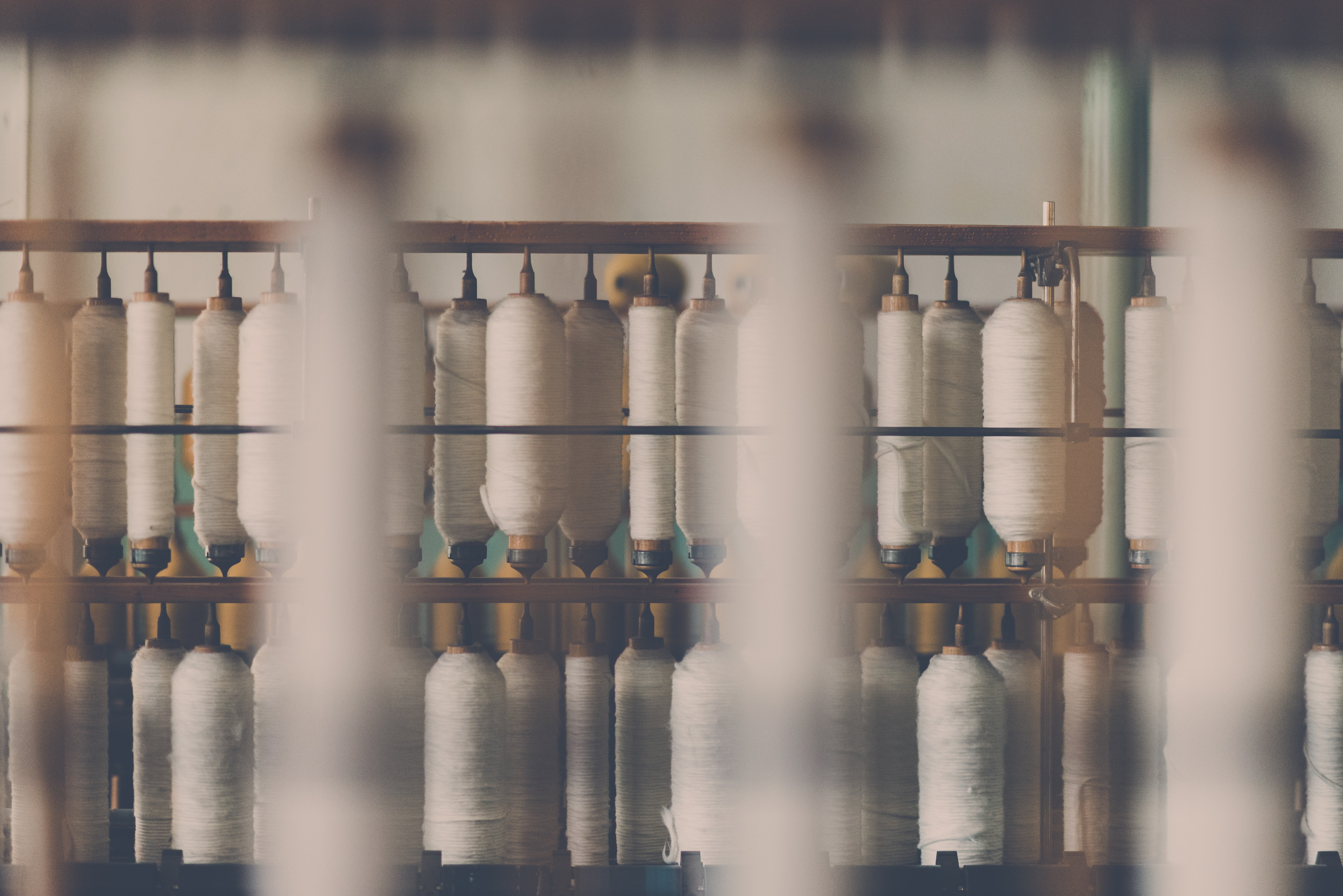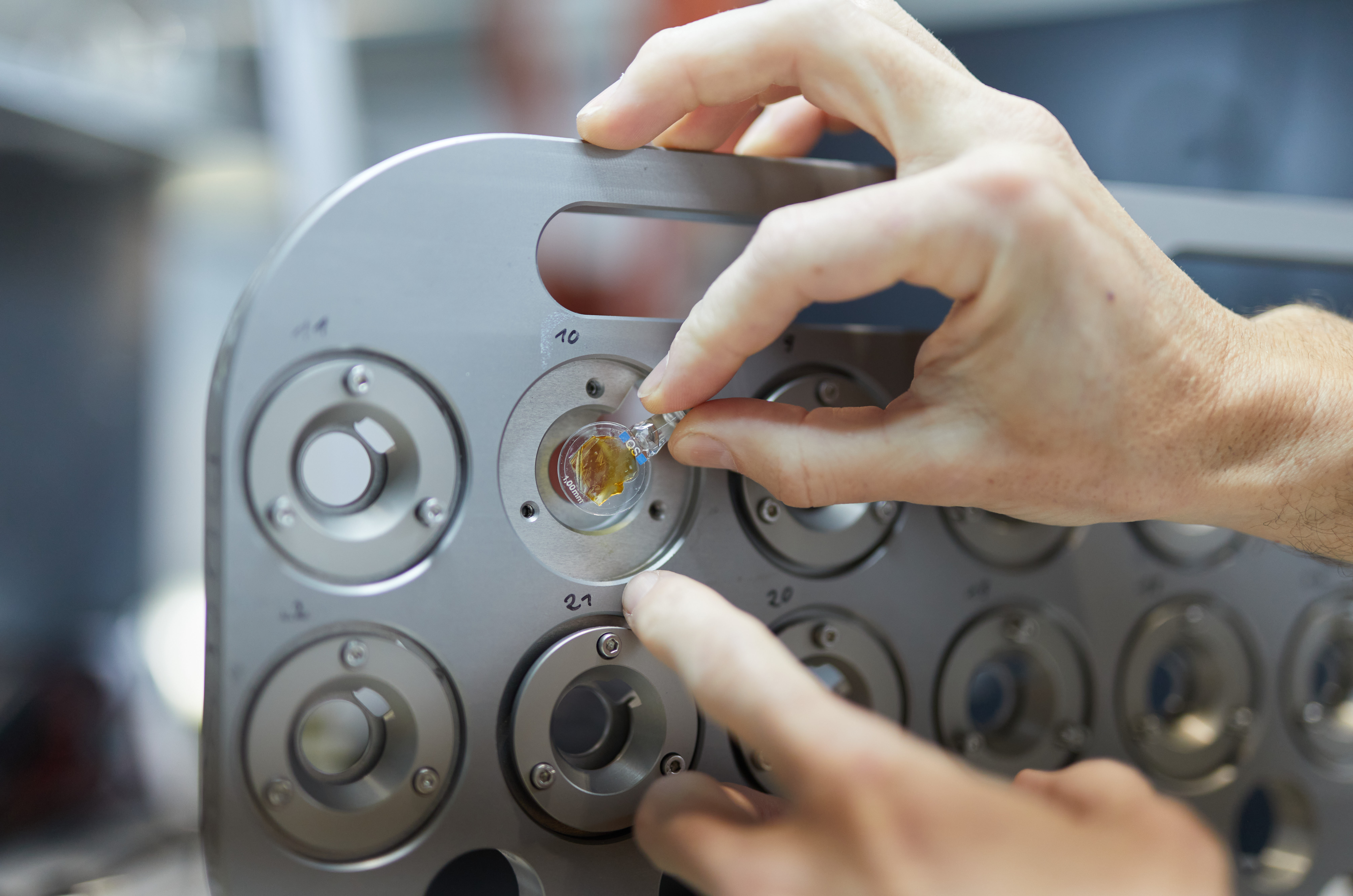
Fish farms were once considered to be one of the solutions for sustainably feeding the world. Until research showed that there was much more feed required in producing this fish than the amount of fish coming out of it. Yet according to the Utrecht Master’s student Björn Kok this has proven not to be the case. It is exactly the other way around he asserts. He calculated with his new measuring method that only 1 kilo of fish goes into production and 3 to 4 kilos of fish come out.
Farmed fish feed includes fishmeal as a source of protein and fish oil as a source of omega 3 fatty acids. Fish meal and fish oil are made from wild fish that are caught, often anchovies. How many kilos of wild fish are needed to produce one kilo of farmed fish is calculated using the so-called FIFO ratio: Fish In – Fish Out. Several methods are used to calculate the FIFO ratio. These methods often result in inaccurate and inconsistent ratios, according to a press release issued by Utrecht University. For example, the university refers to a broadcast of the Dutch TV show De Keuringsdienst van Waarde (a consumer watchdog program that focuses on food quality), in which it was stated that 4 kilos of wild fish are needed to breed 1 kilo of fish.
By-products count as free raw material
Kok’s new method, eFIFO, takes into account the shortcomings of other methods. “In such a way as to do justice to the socioeconomic motives behind catching fish for the production of fish meal and fish oil,” he states. ” It is a consistent and accurate way to calculate exactly how much wild fish you actually need to feed your farmed fish. “
In addition, eFIFO takes into account the use of by-products: fish heads, bones, fins. “Everything except the fillets. Approximately 30% of fish meal and fish oil is produced from by-products. Other methods see this as ‘free raw material’, and underestimate the FIFO ratio. Sustainability labels and certificates still use the old methods for their certification. “They also set their standards based on old FIFO methods, but if the underlying calculation is inaccurate, it is difficult to set the targets correctly.”.
Plant-based fish food
Plant-based sources of protein have also been used since 2000, partly due to the high price of fish meal. The price of fish meal and fish oil tripled between the 1990s and 2015. Soy, on the other hand, went from US$200 to 400 per metric tons in the same period. “A lot of progress has been made in recent years by switching from animal products to plant-based sources,” says Cook. But a good source of omega 3 as an alternative to fish oil is not yet widely available. When plant-based oil is used, the nutritional value of the farmed fish deteriorates.
The FIFO ratio for salmon, for example, has also gone down considerably since 1995. “With that lower FIFO ration due to plant-based feed and my more accurate method, you actually get a salmon FIFO ratio of less than 1:1. That’s a lot lower than the 4:1 ratio that’s so widely reported now.”
Salmon and tilapia most sustainable fish to eat
Salmon is not the only species of fish that Kok has studied. “If you look purely at kilos, carp and tilapia are the most sustainable fish to eat. Pangasius is also doing well. But all three of these fish have a completely different – as in lower – nutritional value than salmon.”
“One of the older methods,” Kok continues, “calculates fish meal and fish oil separately. For example, farmed salmon need a relatively large amount of fish oil compared to fish meal. In order to meet the demand for fish oil, more wild fish must be caught. But the fish meal that is produced at the same time as the fish oil is ignored in these calculations.
‘It looks like you need a lot more fish than is actually the case’
On the other hand, farmed carp do not need any fish oil at all. Then it’s a reverse situation all over again. When calculating the FIFO ratio of carp, fish oil is instead eliminated. “If you look at several species and applications of fish meal and fish oil all simultaneously, you actually count the required amount of wild fish twice in that calculation. Then it looks like you need a lot more fish than is actually the case”.
Another method, developed by Andrew Jackson in 2009, does not take into account the difference in yields between fish oil and fish meal from wild fish. “From 100 kilos of anchovies, you get about 5 kilos of fish oil and 22.5 kilos of fishmeal,” Kok points out.
‘Economic value shall not be taken into account’
“Jackson combines the use of fishmeal and fish oil and adds up the yields from wild fish, whereby the fish used is distributed evenly over the fishmeal and fish oil. However, this does not take into account the differences in yield and economic value between the fish meal and fish oil. Fish oil supplies are often the limiting factor in fish farming. Jackson’s approach glosses over the effect of the growing demand for fish oil. As a result, increasing pressure on the fishing industry to produce fish for fish oil is being presented inaccurately.”
Kok did this research as part of his thesis for his Master Sustainable Development – Energy and Materials at the Copernicus Institute for Sustainable Development at the Faculty of Geosciences, Utrecht University. He worked closely with researchers and experts from the University of Stirling (Scotland), University of Massachusetts Boston (USA), Kafrelsheikh University (Egypt), The University of Edinburgh (Scotland), IFFO, and Harper Adams University (England). During his PhD at the University of Stirling, Kok will continue his research into the environmental effects of fish farming and alternatives to fish feed.
The research was published in the magazine Aquaculture.
Also of interest: How Adri Bout’s perseverance turned Seafarm into the world leader in fish farming








